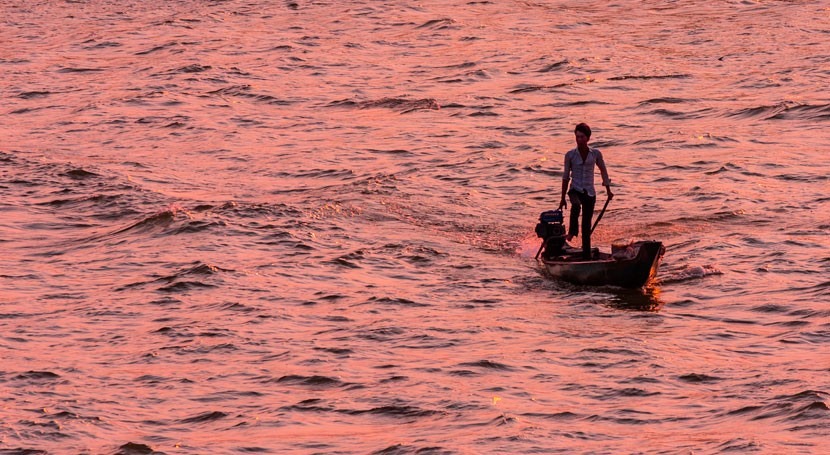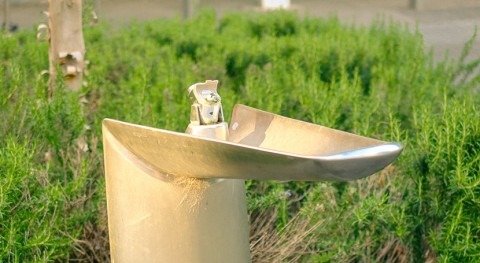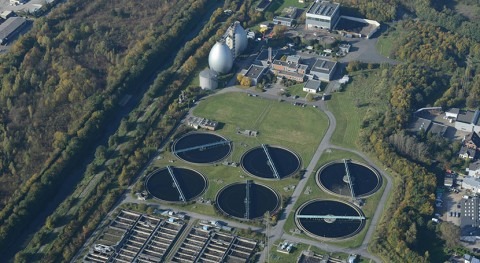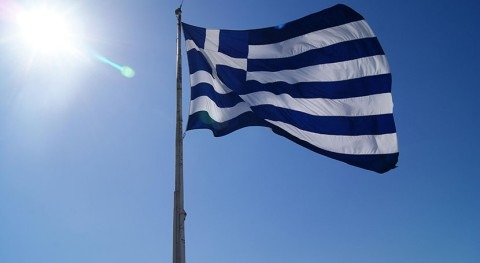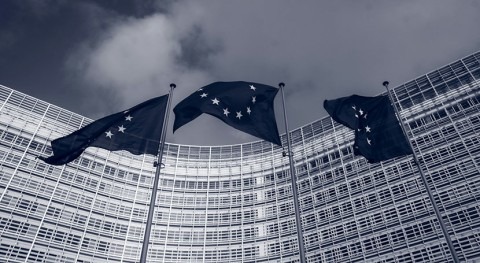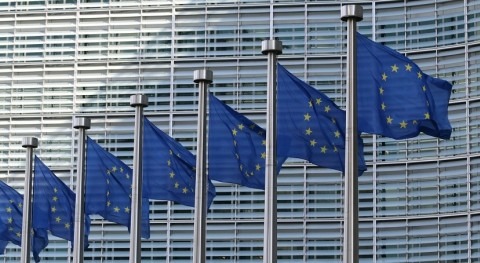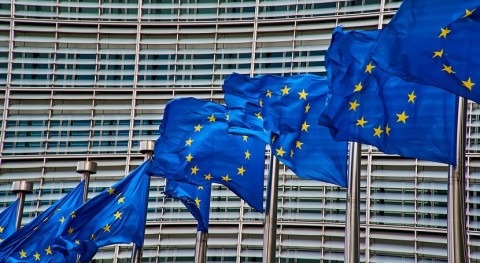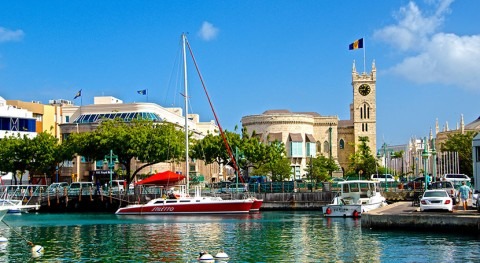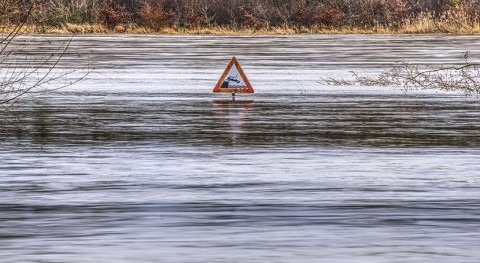This is close to the global target of 17% set out in Aichi Target 11 of the Strategic Plan for Biodiversity 2011–2020 of the Convention on Biological Diversity (CBD).
However, surface water protection is very unevenly distributed globally, still falling well below 17% in over half of the world’s countries.
Surface water protection is far below that target in 53% of countries. This represents 45% of the world’s land.
The lowest surface water protection (<10%) is found in most of Africa, parts of Asia, Canada and several other smaller countries.
The highest (>30%) is found in Europe, Southern Africa, Mongolia, Iran, Australia, New Zealand, Peru and other smaller countries.
The study, published in PLOS ONE, presents the first global assessment of the percentage of inland open surface waters that are in protected areas and their transitions in these areas between three classes (permanent water, seasonal water, no water) from 1984 to 2015.
The importance of protected areas
Protected areas are areas that are designated and managed to help conserve nature. They are essential for conserving biodiversity and ecosystem services.
The study defined inland waters as any stretch of water larger than 30 m by 30 m open to the sky, including fresh and saltwater.
These surface waters and wetlands provide vital habitats for many species, and key ecosystem services such as nutrient cycling, primary production, water provisioning, water purification and recreation. Although they are subject to increasingly significant human use and climate pressures, their conservation had not previously been comprehensively studied at the global scale.
This article makes use of the unprecedented spatial (30 m) and temporal resolution (seasonally and yearly) of the Global Surface Water Explorer (GSWE), developed by the JRC and partners, to evaluate current protection of inland surface waters, and assess changes to water bodies within protected areas.
Coverage of surface waters (both seasonal and permanent) by protected areas in all countries.
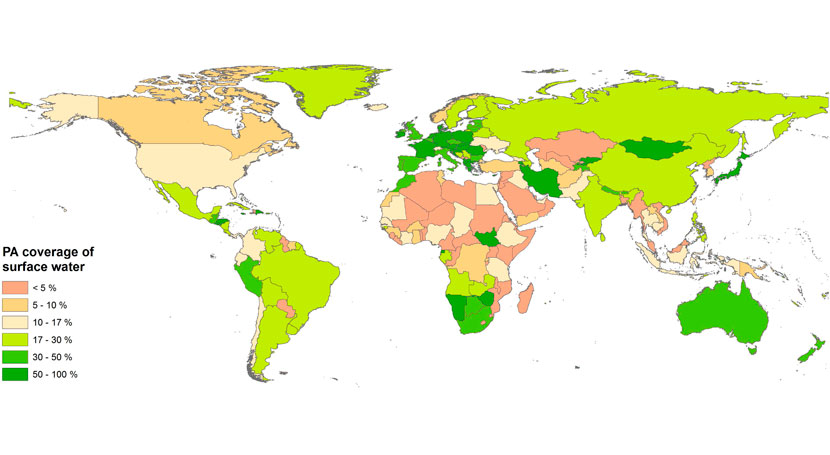
©EU 2019
While the 17% global protection target for inland surface waters may well be met by 2020, the authors call for much stronger efforts to ensure the effective conservation of water bodies within protected areas and the basins in which they are found.
In the decades to come, improved and integrated management planning of water resources, involving sectors from agriculture to water supply to cities, will be required to conserve water habitats and their associated species, even if found within formally designated protected areas.
Given the increasing pressures on water resources due to human activities, climate change and population growth, the study highlights the need to significantly ramp up efforts to protect what is one of the Earth's most precious and threatened habitat resources.
Detailed results for around 27 000 terrestrial and coastal protected areas can be further analysed using the JRC’s Digital Observatory for Protected Areas (DOPA).


